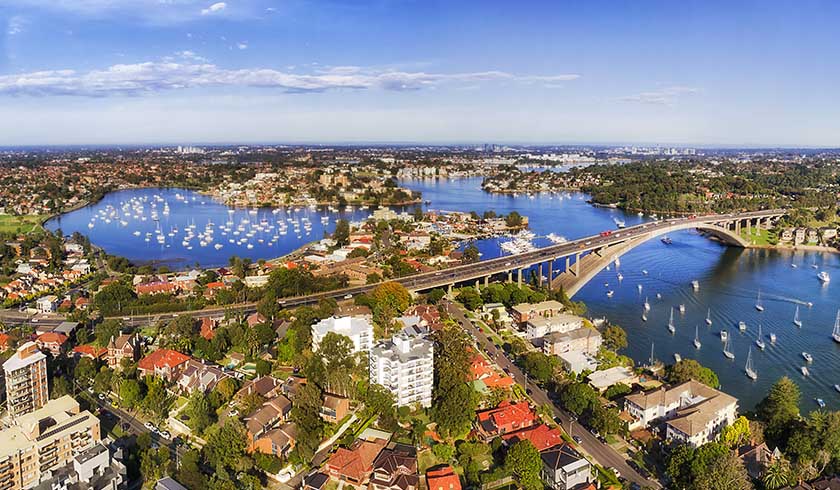Housing market loses steam amid affordability constraints
While the market remains strong, its growth cycle has tapered as housing becomes less affordable, new research has revealed.

National home values soared by 16.1 per cent in July compared to the same time last year, marking the fastest pace of annual growth since February 2004, new CoreLogic data has revealed.
The latest rise takes housing values 14.1 per cent higher over the first seven months of the year, and while that sounds impressive, month-on-month growth actually subsided to a slim 1.6 per cent last month.
As such, Australia’s current median home price stands at $656,694.
With sales tracking approximately 40 per cent above the five-year average and active listings remaining 26 per cent below the five-year average, CoreLogic’s research director, Tim Lawless, forecast further upwards price pressures moving forward.
As for the lower rate of growth clocked in July, he believes it can be attributed to several factors.
“With dwelling values rising more in a month than incomes are rising in a year, housing is moving out of reach for many members of the community. Along with declining home affordability, much of the earlier COVID-related fiscal support (particularly fiscal support related to housing) has expired,” Mr Lawless said.
“It is, however, encouraging to see additional measures being rolled out for households and businesses as the latest COVID outbreak worsens.”
According to CoreLogic data, the monthly growth rate has already been trending lower since March 2021, when housing values lifted by 2.8 per cent.
“Affordability constraints [have started] to impact purchasing capacity, and it’s possible market activity could reduce through the second half of the year, helping to rebalance the market and take some heat out of the rate of house price growth,” Mr Lawless opined.
Looking ahead, other potential headwinds that may have an immediate dampening effect on housing markets include the possibility of tighter credit policies and the high likelihood the Reserve Bank will lift rates before their 2024 forecast.
Capital cities
Of the capital cities, Canberra saw the highest monthly growth rate in July at 2.6 per cent, while Sydney and Brisbane followed with 2 per cent; Adelaide, Hobart and Darwin with 1.7 per cent; Melbourne with 1.3 per cent; and Perth with 0.3 of a percentage point.
While just behind Canberra, Sydney recorded the sharpest reduction in housing value compared to earlier months, with the monthly gain dropping by 1.7 per cent compared to March.
Quarter-on-quarter, Hobart took the crown with an 8.2 per cent price lift, followed by Sydney with 7.7 per cent and Canberra with 6.9 per cent.
Year-on-year, Darwin saw the highest growth rate of 23.4 per cent, followed by Hobart with 21.9 per cent, Canberra with 20.5 per cent and Sydney with 18.2 per cent.
But while it was bested by smaller capitals in terms of its growth rate, Sydney continued to record the highest median housing value at $1,017,692.
Being the only capital city in the million-dollar club, the NSW capital far surpassed the average median value of $740,475 across the combined capitals.
Canberra followed — albeit with a large gap — with $793,872, then Melbourne with $762,068, Hobart with $621,102, Brisbane with $598,615, Perth with $532,393, Adelaide with $516,454 and Darwin with $486,054.
